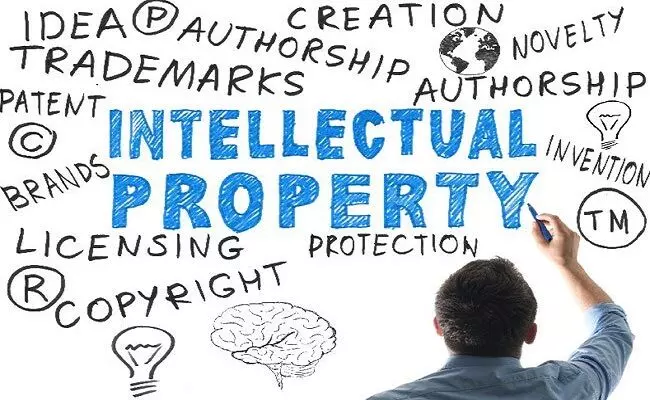Producing new knowledge in the form of inventions determines the growth of modern countries: Prof Govind ji Pandey
The global economic landscape is changing very fast and its influence is visible on business models practiced in the world. The world economy is...

The global economic landscape is changing very fast and its influence is visible on business models practiced in the world. The world economy is...
The global economic landscape is changing very fast and its influence is visible on business models practiced in the world. The world economy is driven by knowledge and producing new knowledge in the form of inventions determines the growth of modern countries. Countries, where inventions are not a priority, are lagging behind in terms of generating wealth and keeping people healthy. The recent Pandemic gave a strong lesson about the importance of knowledge and invention.
India was not only able to develop a vaccine for Corona Virus indigenously but also developed the technology to produce it in a large quantity so that it can be distributed to one and all in time.
The other countries where such facilities were not available faced grave consequences and their economy suffered a lot. Rich nations who have technological knowledge denied production of the vaccine in the developing countries siting Intellectual Property Rights and WTO agreement.
Despite the fact that our Prime Minister Narendra Modi appealed on several world forums for making the production of vaccines free of Intellectual Property rights but no country responded positively.
But the world leaders were forced by the profit-driven private companies who were making huge profits by selling these vaccines. They cited the WTO Agreement on Trade-Related Aspects of Intellectual Property Rights (TRIPS). Intellectual property refers to the creation of new knowledge which includes innovations, literary and artistic works, etc.
It can be divided into two parts: 1) Industrial Property, which includes patents, trademarks, industrial designs, and geographic indications of source.
2) Copyright: It includes literary and artistic works such as novels, poems, and plays, films, musical works, artistic works such as drawing, paintings, photographs and sculptures, and architectural designs. In recent times, geographical indications, protection of plant varieties, protection for semiconductors and integrated circuits, and undisclosed information have been brought under the umbrella of intellectual property.
The TRIPS Agreement, which came into effect on 1 January 1995, is to date the most comprehensive multilateral agreement on intellectual property.
The areas of intellectual property that it covers are: (i) Copyright and related rights (i.e. the rights of performers, producers of sound recordings, and broadcasting organizations);
(ii) Trade marks including service marks;
(iii) Geographical indications including appellations of origin;
(iv) Industrial designs;
(v) Patents including protection of new varieties of plants;
(vi) The layout designs (topographies) of integrated circuits;
(vii) The undisclosed information includes trade secrets and test data.





